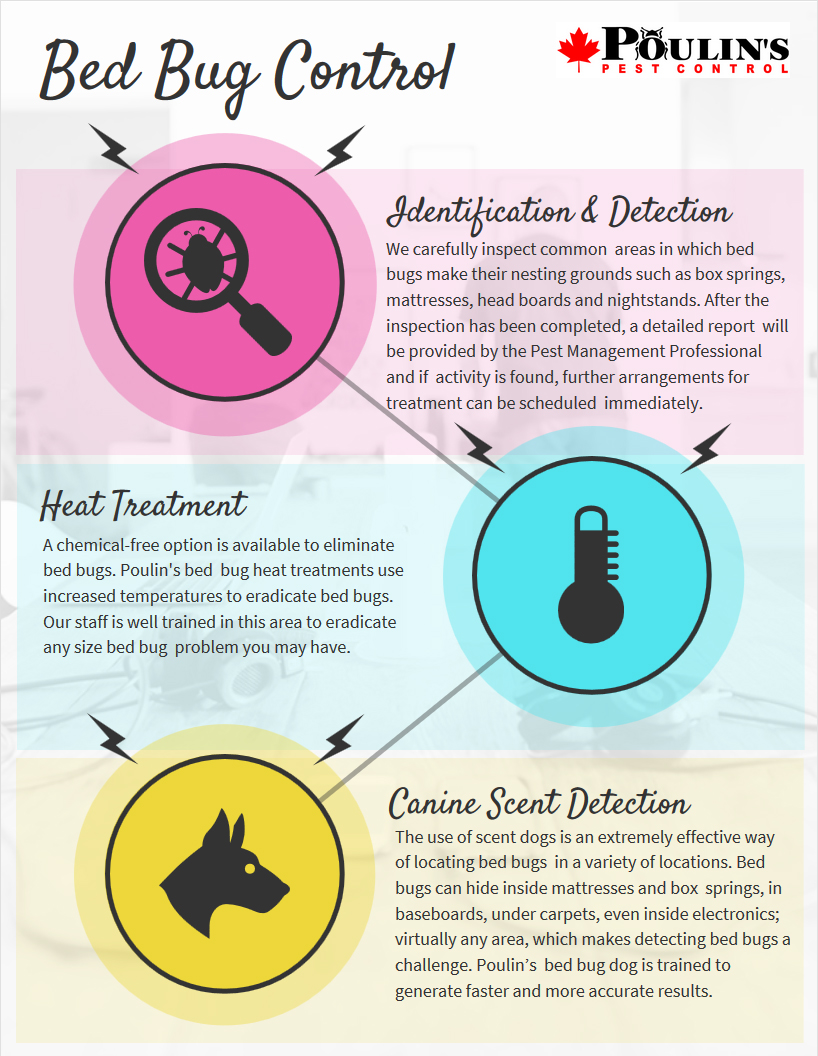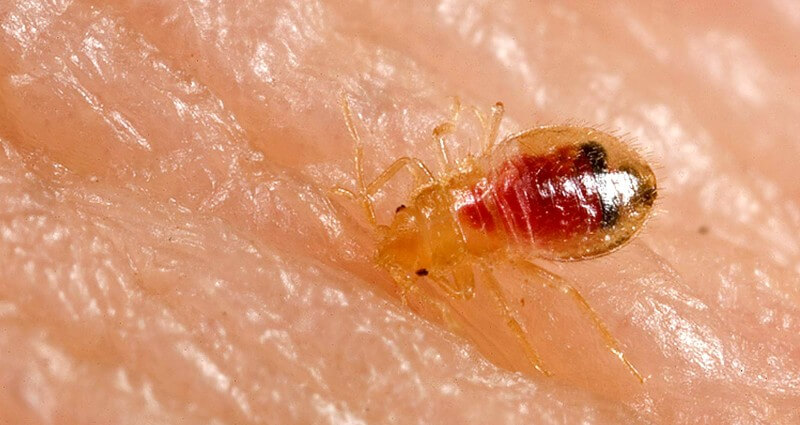Kinds Of Parasite Control: Which Method Is Right for Your Problem?
When encountered with a parasite problem, the selection of an ideal method for pest control is important in efficiently handling the situation. By exploring the various types of parasite control techniques offered, individuals can make educated choices tailored to their unique scenarios, making certain an extra lasting and efficient end result in pest removal.
Chemical Pest Control
Chemical insect control entails making use of artificial or naturally obtained chemicals to handle and eliminate pest populations effectively. This method is commonly utilized in agriculture, forestry, and residential settings to combat a wide array of bugs, consisting of weeds, bugs, and rats. The use of chemical pesticides can provide quick and targeted services to pest invasions, making it a preferred choice for several people and services.
One of the essential benefits of chemical insect control is its ability to quickly get rid of pests, minimizing the risk of damage to plants, home, and human health and wellness. By utilizing certain chemicals that target specific pests, this technique can efficiently regulate invasions while decreasing injury to helpful organisms and the environment when used appropriately.
Nonetheless, using chemical pest control also raises concerns about possible damaging impacts on non-target types, water sources, and human wellness. It is critical to comply with safety guidelines, use chemicals sensibly, and think about different bug control methods to reduce these threats and guarantee lasting parasite administration techniques.
Organic Parasite Control
Organic parasite control, also recognized as biocontrol, utilizes living microorganisms to lower and handle insect populaces normally. By making use of the parasite's natural predators or virus, biological parasite control offers a lasting and environmentally pleasant option to pest administration.

Mechanical Bug Control
Utilizing physical and manual methods to manage insect populaces, mechanical bug control provides an alternate technique that does not rely on making use of living microorganisms or synthetic chemicals. This method involves making use of barriers, catches, or other gadgets to literally discourage or get rid of bugs. By obstructing pest entry factors or establishing traps to capture them, mechanical insect control can properly minimize problems without introducing chemicals right into the setting.
One common instance of mechanical bug control is making use of mesh screens on doors and home windows to avoid insects from entering buildings. This simple yet efficient approach works as a physical barrier, keeping pests out while permitting for correct ventilation. Additionally, tools like mousetraps, fly swatters, and ultrasonic repellents drop under the mechanical pest control try this out classification.
While mechanical insect control methods can be labor-intensive and require regular monitoring and upkeep, they use a sustainable and ecologically pleasant service for handling bug invasions. By integrating different mechanical strategies, homeowner can develop an extensive bug control approach that minimizes dependence on chemical pesticides.
Physical Bug Control

Some usual physical bug control techniques include using obstacles such as screens or webs to stop pest entry, catches to record and get rid of pests, and hand-picking to literally remove insects from plants or structures. Furthermore, strategies like heat treatments can be used to control pests like bed pests by increasing the temperature to levels that are dangerous to the pests.
Physical insect control is specifically valuable in integrated pest management (IPM) approaches, where numerous insect control techniques are combined for effective insect administration while decreasing using chemicals. By using physical pest control methods, people can successfully resolve insect invasions with very little environmental influence.
Integrated Bug Management
When applying physical parasite control techniques as part of pest administration techniques, Integrated Pest Administration (IPM) becomes a thorough approach that leverages various techniques to successfully regulate pest populaces. IPM concentrates on long-lasting avoidance of pests via a mix of organic, cultural, physical, and chemical tools customized to particular parasite problems. By incorporating several control tactics, IPM aims to minimize the risks associated with insects while additionally reducing dependence on chemical options.
One key facet of IPM is the focus on surveillance and evaluating pest populations to identify the most suitable control methods. This aggressive method enables early intervention and targeted approaches, resulting in much more efficient insect administration. Additionally, IPM promotes eco friendly techniques by prioritizing non-chemical control methods and just making use of pesticides as a last hope.
Conclusion

By using the pest's natural predators or pathogens, organic bug control provides a eco pleasant and lasting remedy to navigate here pest monitoring. look at this now - Kings pest control Cincinnati Ohio
Utilizing physical and hand-operated techniques to manage parasite populations, mechanical bug control provides an alternative strategy that does not rely on the use of living microorganisms or synthetic chemicals.An efficient strategy to managing pest populaces without counting on chemical or organic approaches involves the usage of physical bug control techniques.When executing physical insect control methods as part of insect monitoring approaches, Integrated Bug Management (IPM) arises as a thorough approach that leverages numerous methods to successfully regulate pest populations. Chemical insect control entails the usage of pesticides, biological parasite control uses natural predators, mechanical insect control includes physical barriers, physical bug control consists of capturing or eliminating insects, and integrated pest management integrates multiple techniques for a holistic strategy to pest control.